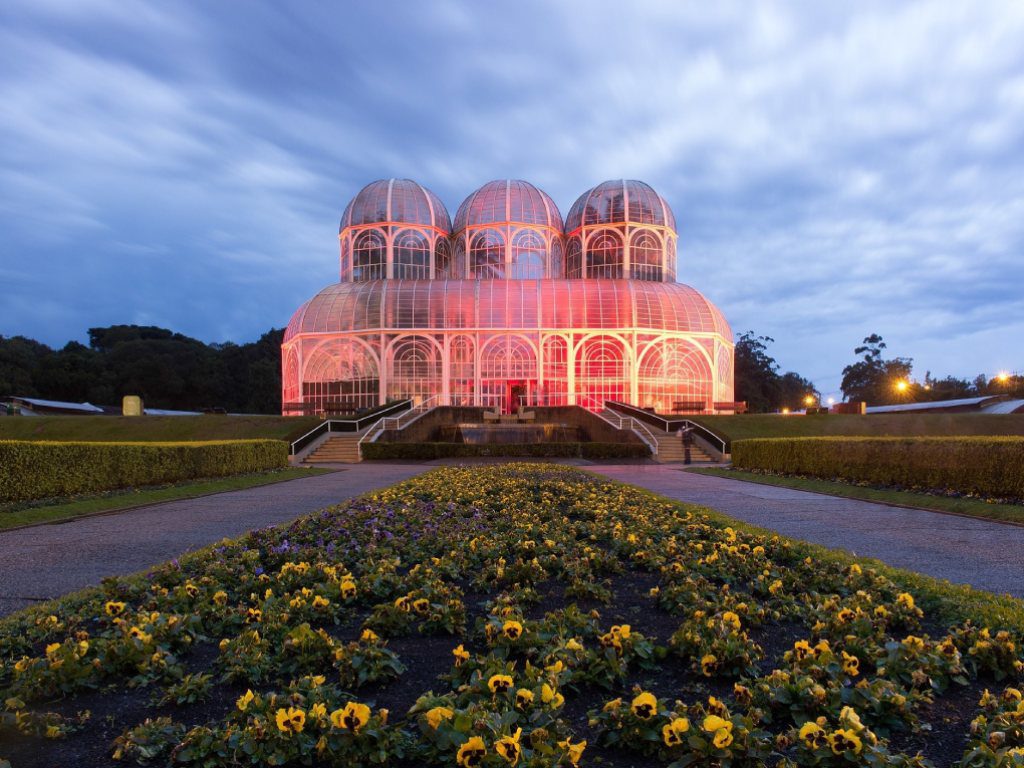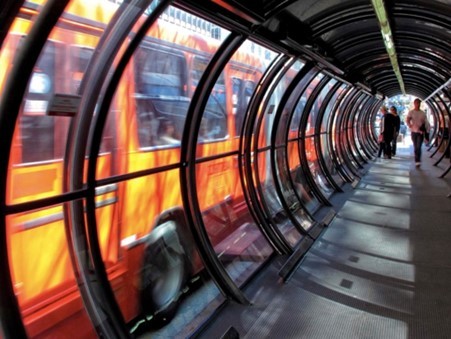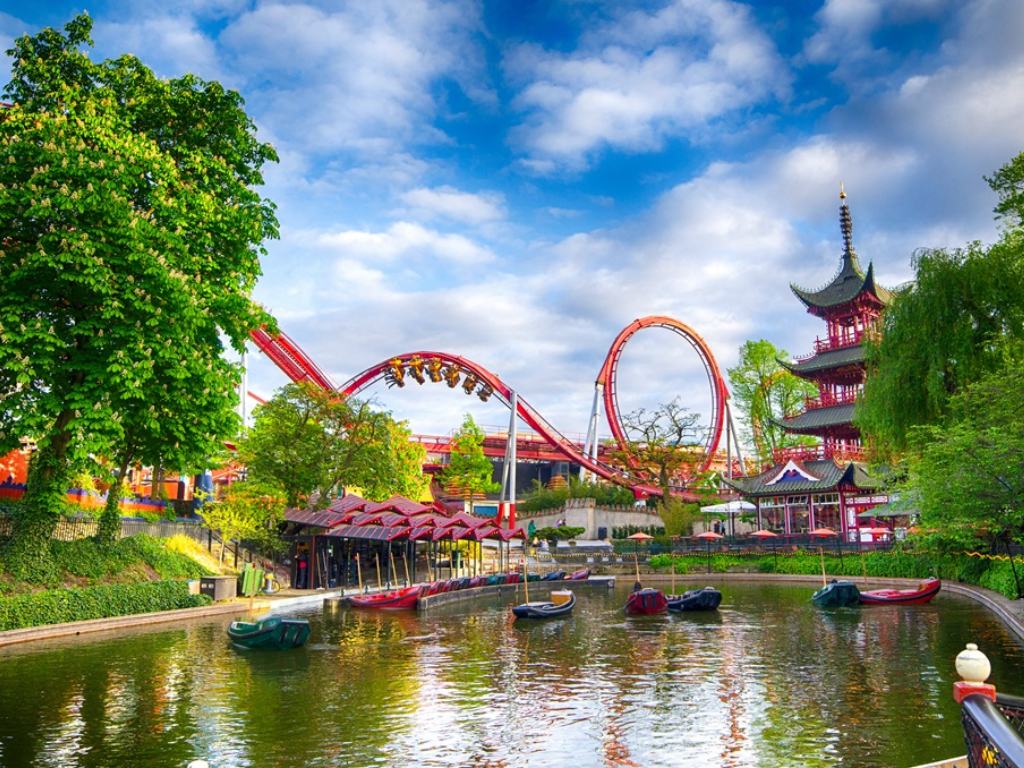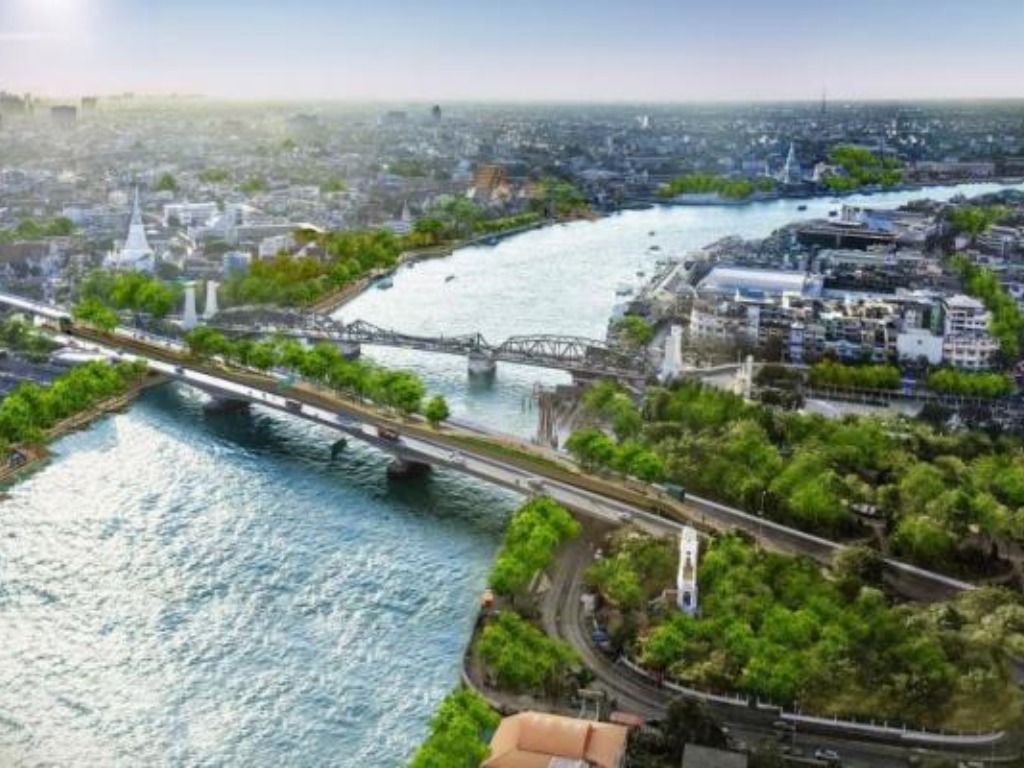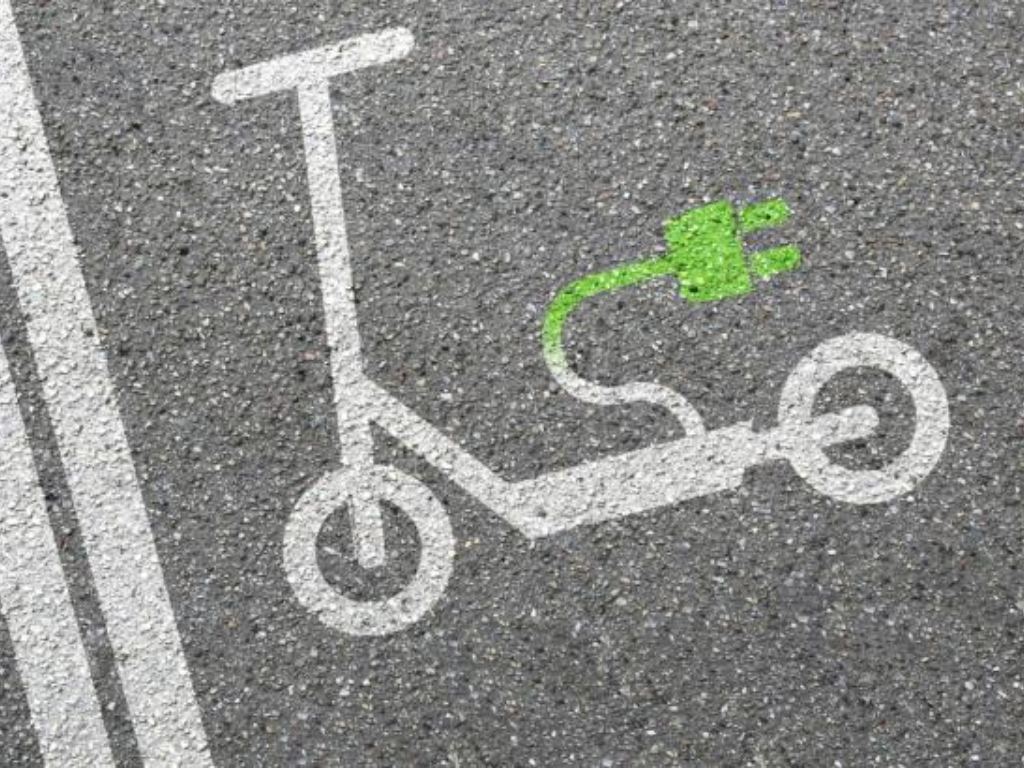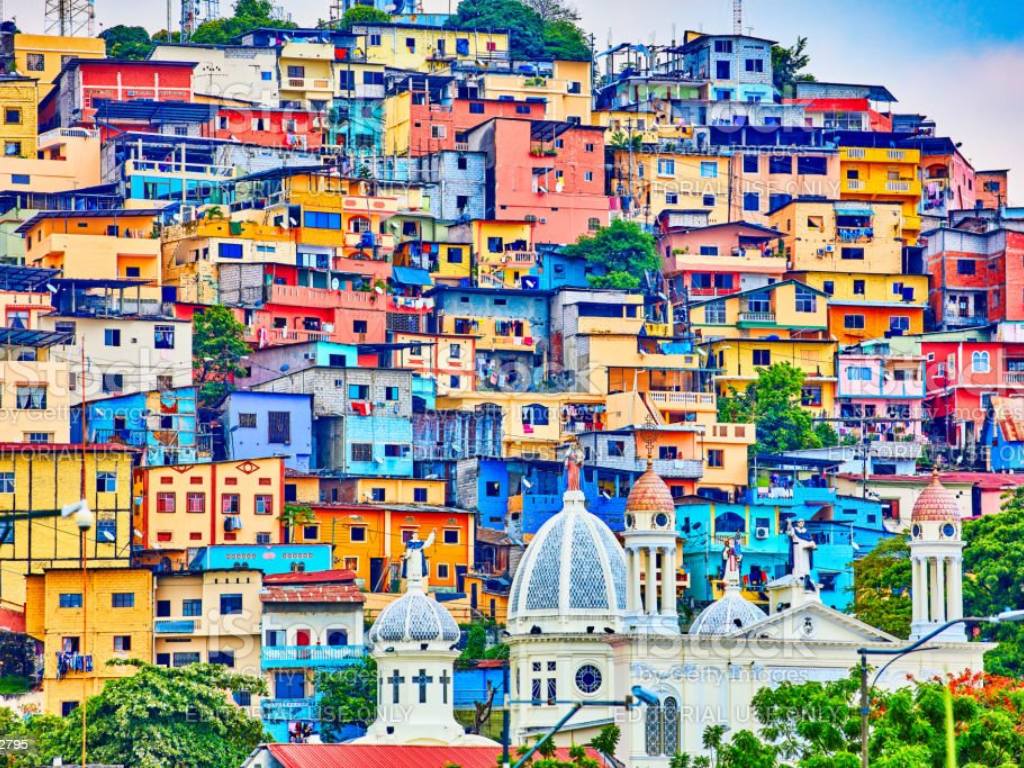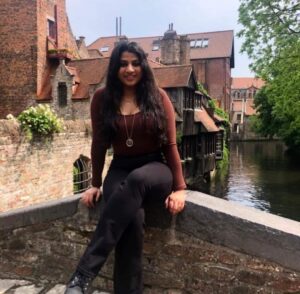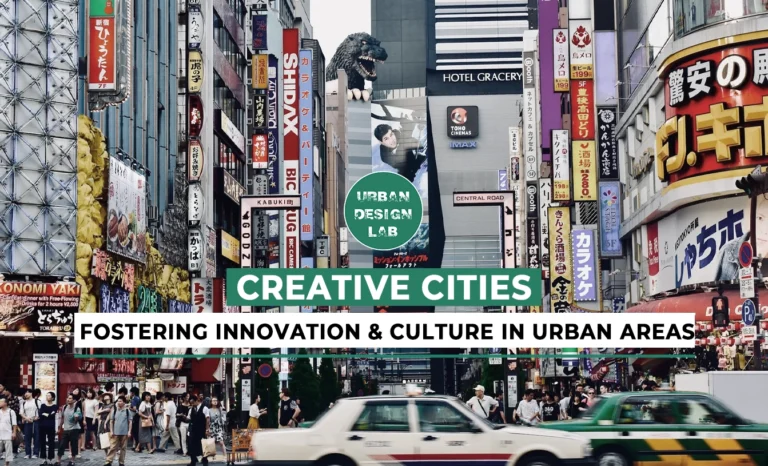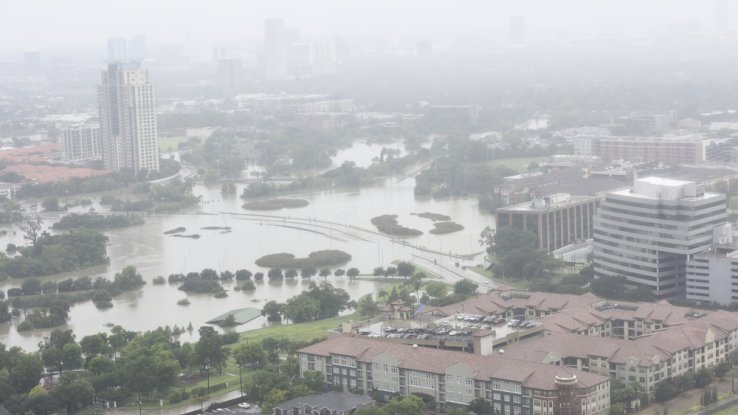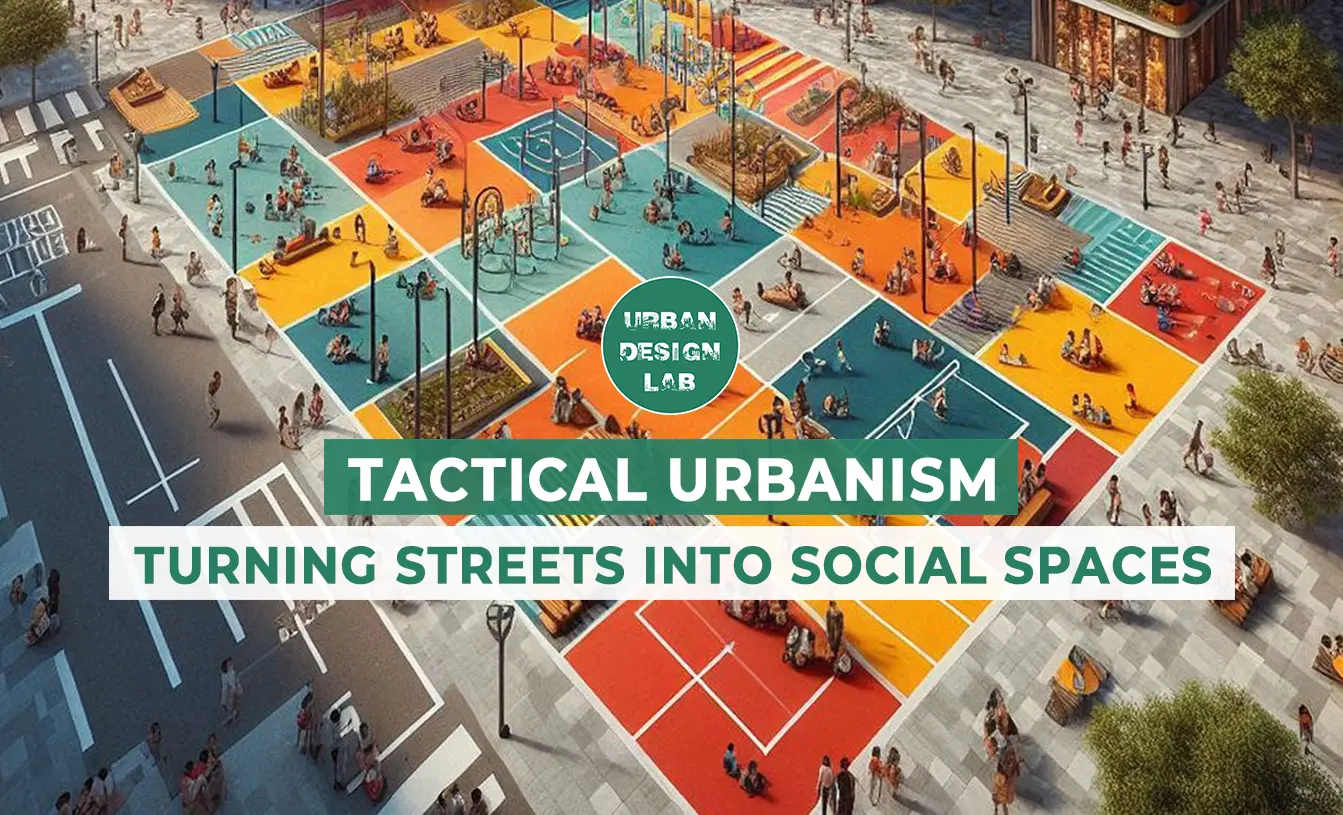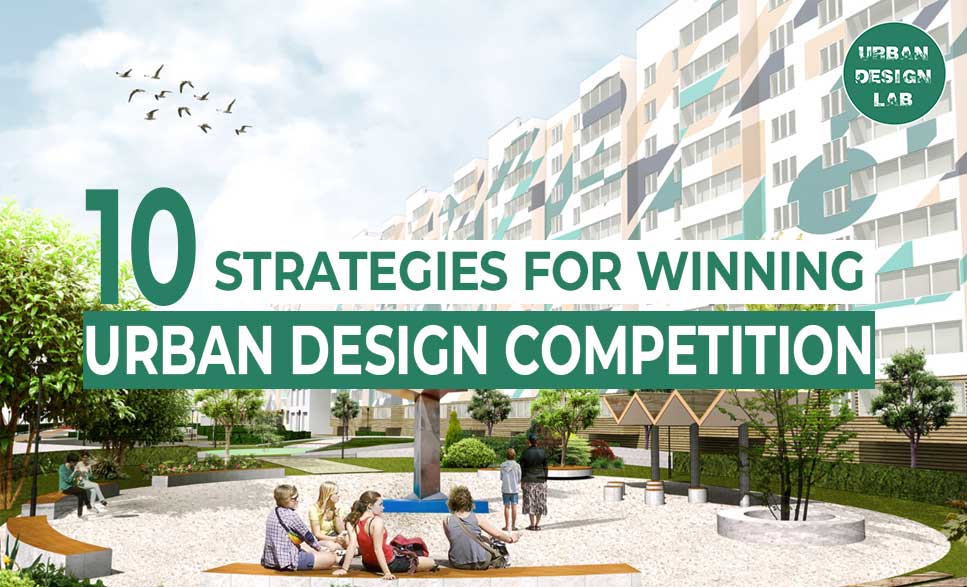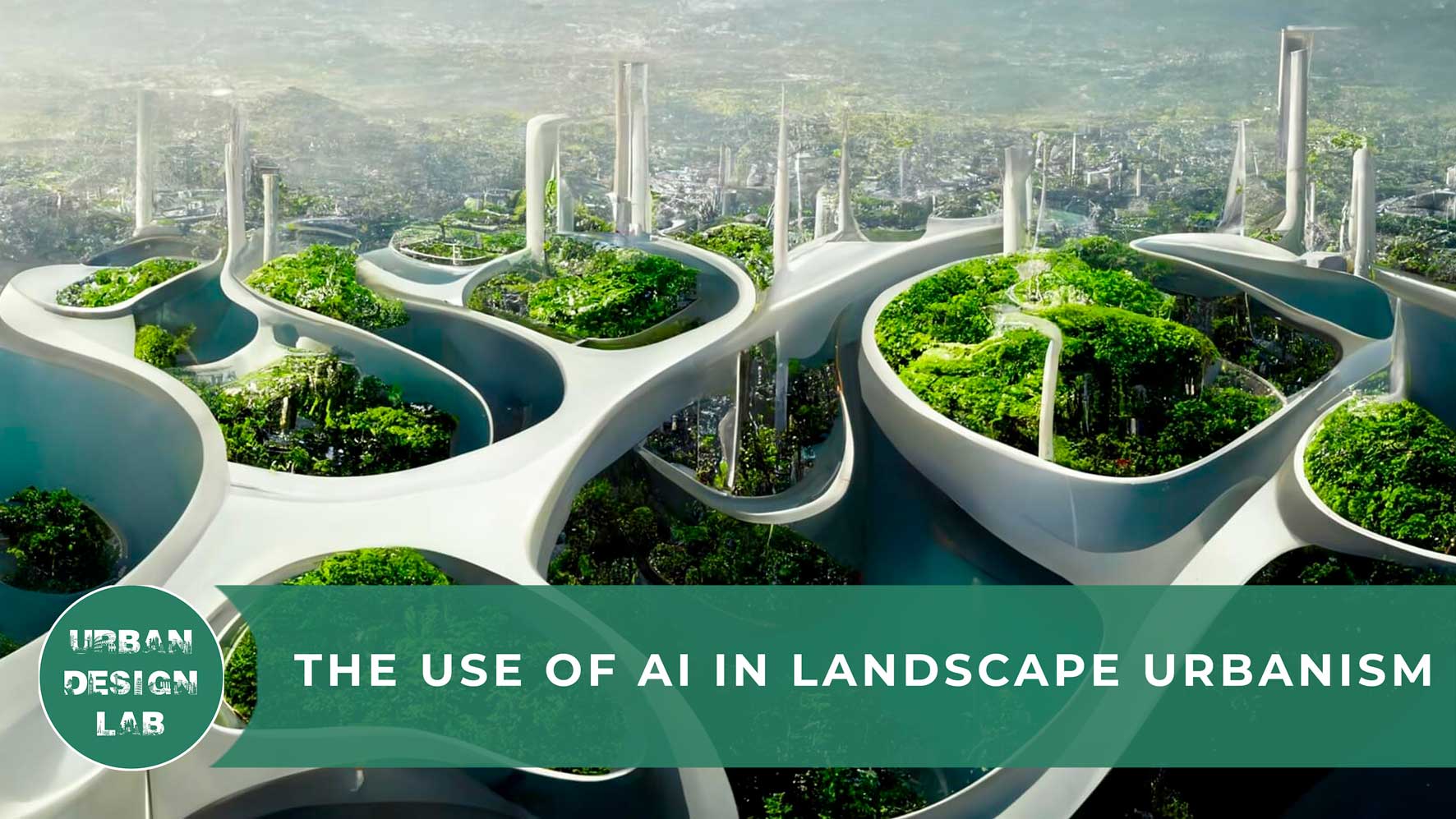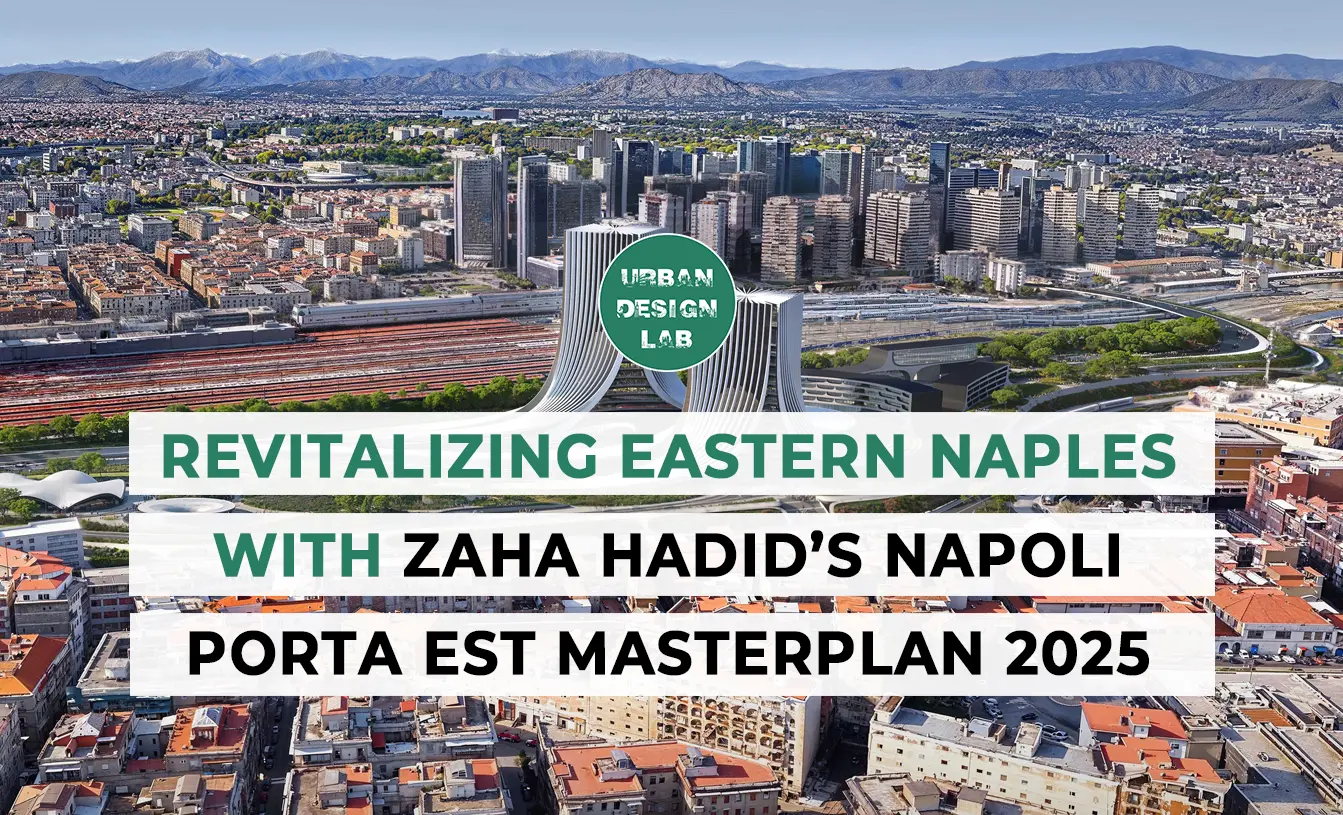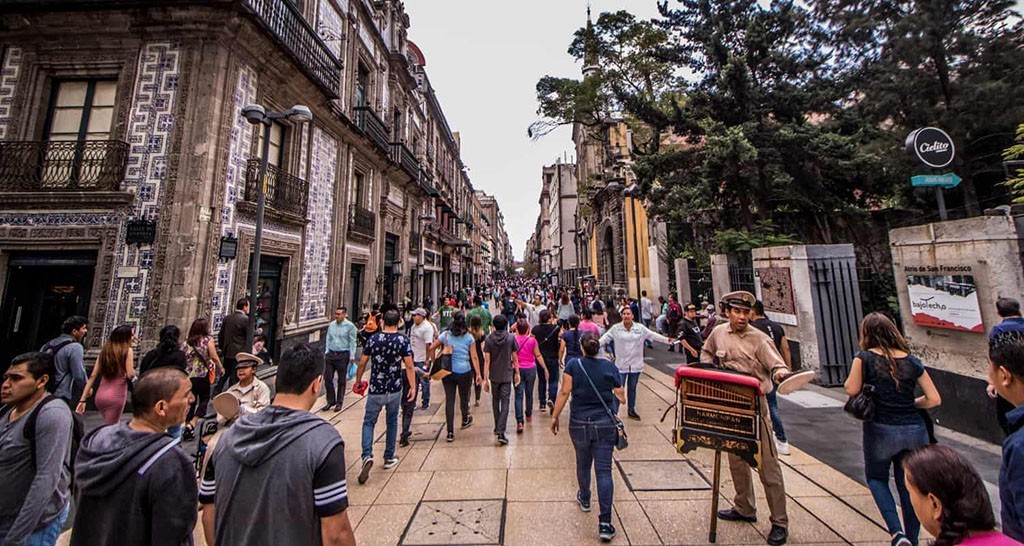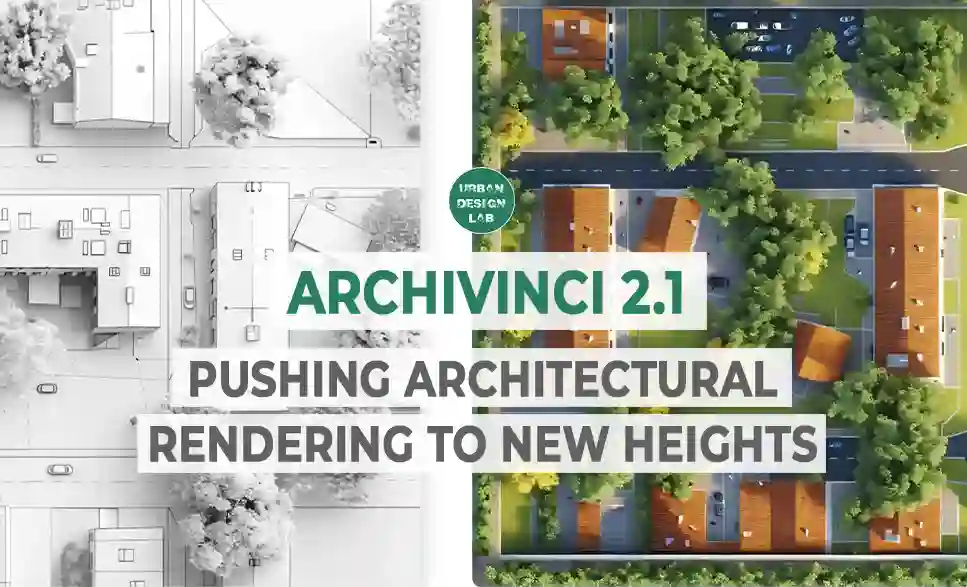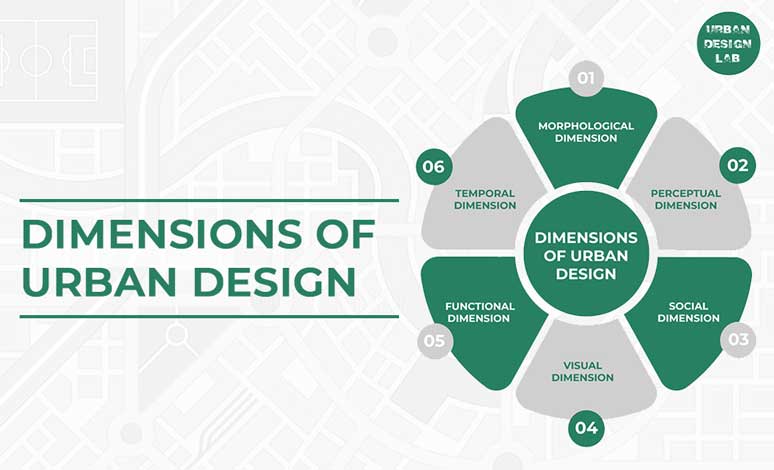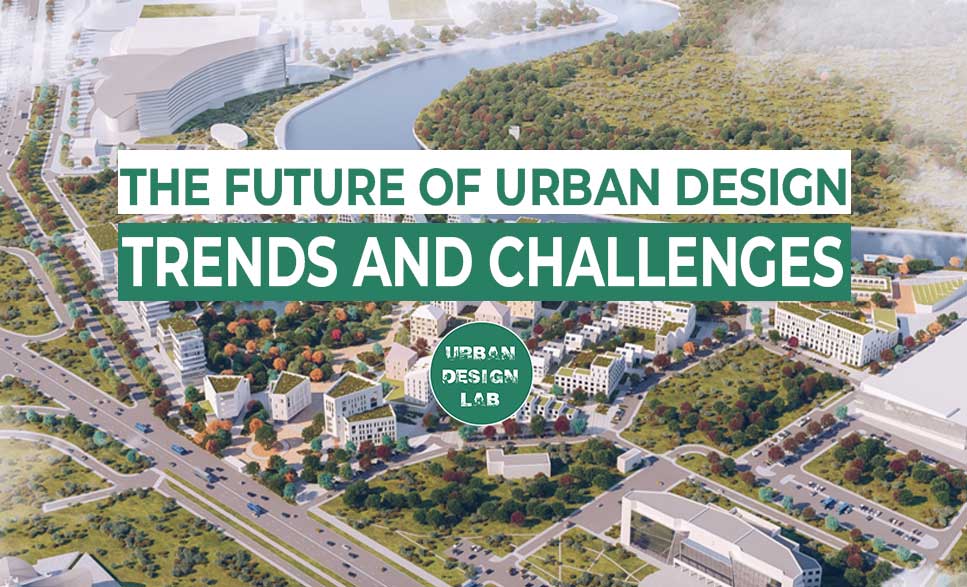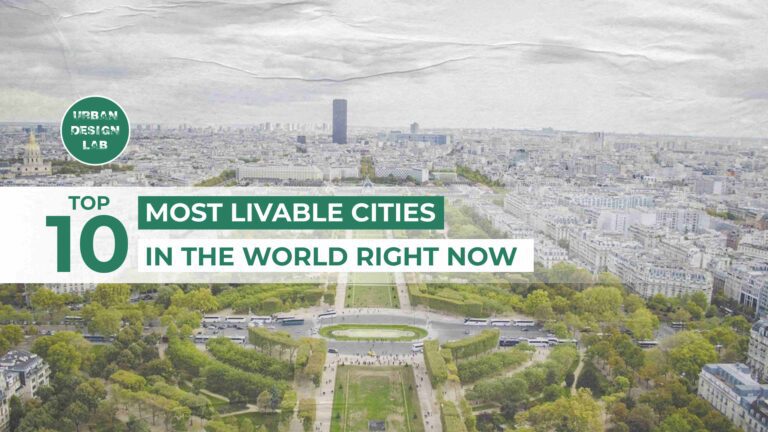
Top Green, Innovative and Colorful Cities
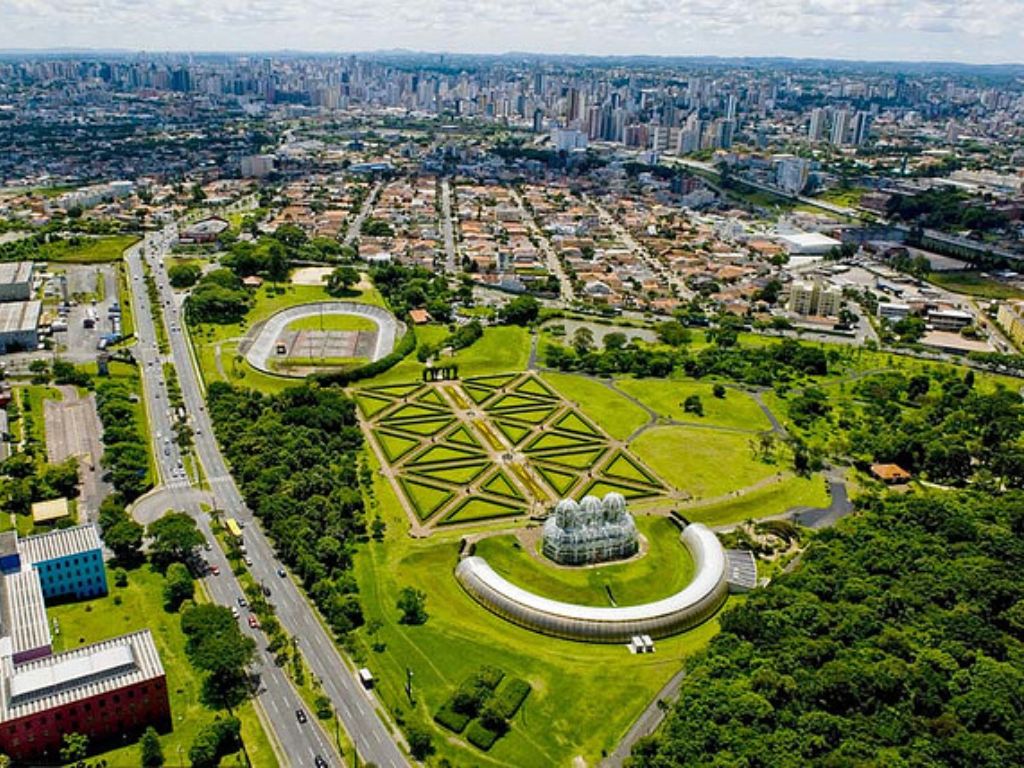
Introduction
A sustainable city addresses social, economic and environmental concerns. Their creation is led through the inclusion of eco-friendly programs and initiatives that create environmentally conscious, physical alternatives to city infrastructure. This article is divided into three sections. The first section highlights 3 cities that are green and have well connected and intensive green transport structures. Second, it then elaborates on some of the most innovative and sustainable cities. The last part of this article describes the most colourful cities that is more inviting for people to gather outdoors, making them more liveable (Krosofsky, 2021).
1. Green Cities
A city focused on sustainability and eco-friendliness is called a green city. A green city promotes energy-efficient activities and green solutions. These cities have innovative solutions in waste reduction, recycling, green transport and the expansion of green spaces and open spaces. These cities are dense, consist of sustainable transport and have extensive greenery. This section briefly describes three of the top green cities globally, namely, Curitiba, Copenhagen and Vancouver.
Curitiba
Not known as other cities, Curitiba, a city in Brazil, feels very different when walking around. It is the greenest city in the whole of Brazil. The city is famous for its urban planning, which is visible as creative and environmentally conscious. However, the city was not always known to be green. So, planners rebuilt the city for what is known today as a truly sustainable city. The city has several recycling programs which enable the city to reduce pollution while at the same time maintaining the biodiversity in the region. Curitiba was planted with around 1.5 million trees. The city also recycles approximately 70 per cent of all its waste through an effective waste removal program. One of the reasons for the effectiveness of the city’s waste removal program is that the people can convert their recycling into bus tokens, notebooks and food (Krosofsky, 2021).
The city also runs an outstanding rapid transit system, including quick boarding, cheap ticket prices, dedicated lanes, and first and last-mile connectivity. These elements together enhance the efficiency of these transport and reduce carbon emissions. In addition, Curitiba encourages using eco-friendly modes of transportation to minimise motorised vehicles. This is visible through the city’s extensive bike lanes and pedestrian-only streets.
Curitiba believes in environmental awareness and consists of a free environment university open to every citizen. The university educates the people on various environmental issues, including sustainability, ecology and environment. The institute, which is embodied perfectly in the urban setting, is centrally located and accessible. The entire city is placed with panels which explain and spread awareness about its inherently green designs. The city has around 28 botanical parks and surrounds the city’s urban spaces with grass fields to combat flooding, making it sustainable in its botanical spaces. These fields are maintained using sheep instead of machines, offsetting gasoline and providing manure and wool for the farms and the city (ibid.).
Copenhagen
Copenhagen is known as the greenest city in the world. Sustainability is on the top agenda of this city and has won many awards for it. The green nature of the city is visible through its progressive environmental policy of the city, ample green spaces and expansion of green transportation. The city is designed to be conducive to bicycles and walking. The city has also adopted a mandatory green roof policy. Around 70 per cent of the population cycles in the city to reach from one place to another, making it one of the greenest transport infrastructures in the world (Ghansiyal, 2020).
Vancouver
This city is known for its green thinking and lifestyle. Vancouver, apart from green, is also known to be the cleanest city globally. The city runs over 90 per cent of renewable energy through hydroelectricity and is known for its detailed and elaborated mass public transportation network (Ghansiyal, 2020).
2. Cities with Innovative Solutions for Sustainability
This section highlights three cities that use innovation to address the rising challenges of cities and mitigate climate change, stimulatingly aiming to develop more sustainable cities.
Bangkok: The Green Train Tracks
Regeneration projects are an essential part of sustainability. Bangkok witnessed a shortage of green spaces till they started discovering regeneration projects. A starting example of this is visible in the urban regeneration project where an old, elevated railway line, abandoned for more than three decades, was rediscovered and converted into a city park. The outsized project’s importance as a catalyst for urban regeneration has changed how people witness public spaces (Chandran, 2020).
The project boosted wellbeing and aid in mitigating climate change. The new park called Phra Pok Klao Sky Park also connects neighbourhoods on either side of the river. The park sets an example of revitalising abandoned structures and increasing green spaces through cost-effective design. Additionally, the project is seen as a way to spreading public awareness. This is a starting innovative technique of Bangkok to increase public spaces in its city and it continues to achieve its climate goals. The park also makes it easier for people living in the area to commute on foot to cross the river bringing the city closer to gradually achieving the ’15-minute city’ concept (ibid.).
Israel: Smarter Commuting
Technology could play an essential role in using innovation to develop ways to travel faster, cleaner and more convenient. Israel has proved how to achieve this. Israel reinvents the commute for the future using algorithms that design smart commutes and routes public transportation accordingly. However, Israel still lags in its transportation systems, and it is working towards it through this innovative way. The city is reinventing mass commuting with cutting edge technology, combining pooled rides and on-demand transit services (Dror and Azaria, 2020).
The technology of mobility as a service, famously known as MaaS, sees mobility as a service that enables a person to reach from the starting point to their destination, instead of a product such as a car or a bike. Commuters using MaaS are offered a range of options or combinations which is the fastest and cleanest.
Israel in place of its existing rigid transport network, smarter commuting introduced a tailored commuting system. The algorithm calculated the most efficient journey for its passengers. Within three weeks of Maas’s launch, 12,000 responders had downloaded the app and 75000 made trips using 250 different modes through the app. Therefore, in Israel this new app is helping the city work towards its sustainable goals (Dror and Azaria, 2020).
Paris: 15-minute city
Paris is using the prototype of Rue de Rivoli for a future metropolis. The concept is based on the idea that no inhabitants of Paris will have to travel more than 15 minutes on foot or cycle to work, shop, or deal with government-related work.
Paris tested this concept by closing the city’s principal streets to cars, allowing more space for cyclists and pedestrians during the lockdown. The area now represents well used wide cycleways and sidewalks. In addition, the city aims to remove 72 per cent of its on-streetcar parking spaces, ecologically transforming the city. The 15-minute city would feature hyper proximity and essential living needs (Reid, 2020).
3. Most Colourful Cities in the World and their Sustainability
Colourful cities attract more people to spend time outdoors rather than indoors increasing their liveability. These are cities with aesthetically pleasing attractive outdoor spaces that are inviting. In addition, these cities have good pedestrian walkways and cycleways used to enjoy the colourful surroundings, rediscover the lost relationship between people and nature, bringing them closer and creating healthier, active, happier interactive cities. This section highlights 3 of the most liveable cities in the world.
Procida, Italy
Procida, an island in the Bay of Naples, is globally the most colourful city. The city represents the notion well that cultural wealth does not lie in big cities but can also be found in small ones. The city has traditional houses lined up on the waterfront in pastel colours of pink, yellow, orange, red or blue. The colour represents a traditional way for the fishers to identify their boats. The city is known as the cultural capital of Italy. People of this city enjoy walking to enjoy the colourful city. Procida is a small city that is well balanced and well connected. People of the city love to interact. The city also has several beaches and narrow alleyways (Ecosystemic Transition Unit, 2022).
The city of Procida has a population of 10,596 inhabitants with a surface of 4.26 km2. The city is famous for its beautiful landscapes, culturally traditional, peacefulness, simplicity and green principles. The city achieves the concept of cities where people are well connected to nature. The city also uses renewable energy, expanding and moving towards gradually using its full potential. Private houses consist of installations of around 300kw of PV plants. This interactive city is slowly developing and achieving its goals in terms of sustainability which is not difficult given the fact the city’s attractive and healthy interactive nature (Ecosystemic Transition Unit, 2022).
Chefchaouen, Morocco
Chefchaouen is one of the most beautiful, coloured cities globally, which is also transforming to a truly green city. The city is located in the Rif Mountains of Morocco, surrounded by several national and regional parks. Chefchaouen consists of 50000 inhabitants and is an ancient intermediate city known for its blue-washed houses and walls (ICLEI, 2022).
The council of Chefchaouen prioritises sustainability in the city by enhancing biological diversity and developing ecotourism. The city is also known as a self-proclaimed green city committed to sustainable management and development. The city also prioritises sustainable energy through waste management, recycling and waste to energy. The swimming pools in the city are fitted with solar energy built from recycled containers located near an ecological centre. The city also uses actions and policies to reduce energy consumption, such as public light networks, promoting alternative e solutions, and analysing energy data. The buses used in the city are electrical. Also, the city is expanding its green spaces and has banned plastic (ICLEI, 2022).
Guayaquil, Ecuador
Las Penas, the largest city in Ecuador, is known for its beautiful, colourful, centuries-old neighbourhood. The place gives a distinctly bohemian vibe. The streets are colour splashed and consist of wooded houses with white shutters and colourful studios (Knight and Morelli, 2020).
Apart from its unique, beautiful and colourful nature, the city is working towards becoming more sustainable. The city is known as the environmental capital of Latin America and the Caribbean. However, the government is trying to achieve more sustainable goals in the city in various ways. These include transportation, first and last-mile connectivity, expansion of public spaces, reducing motorised vehicles, changing minimum parking requirements to maximum limits and incentives to promote public transport. Additionally, the city is also working on waste management and renewable source of energy (Knight and Morelli, 2020).
References
Chandran, R. (2020). On the right track: How Bangkok turned an old unused train line into a park. [online] World Economic Forum. Available at: <https://www.weforum.org/agenda/2020/06/bangkok-green-space-park-old-train-line-thailand-climate-change/> [Accessed 15 May 2022].
Dror, M. and Azaria, M. (2020). Israel’s “smart commuting” shows what transport could be like after COVID-19. [online] World Economic Forum. Available at: <https://www.weforum.org/agenda/2020/07/israel-smart-commuting-after-covid-public-transport-innovation/> [Accessed 15 May 2022].
Ecosystemic Transition Unit. (2022). Procida | ETU Initiative. [online] Available at: <https://etuinitiative.eu/flagship/procida/> [Accessed 15 May 2022].
Ghansiyal, A. (2020). Which Are The Greenest Cities In The World? | Travel.Earth. [online] Travel.Earth. Available at: <https://travel.earth/greenest-cities-in-the-world/> [Accessed 15 May 2022].
ICLEI. (2022). Feature City Profile: Greening the Blue City of Chefchaouen | ICLEI Africa. [online] Available at: <https://africa.iclei.org/feature-city-profile-greening-the-blue-city-of-chefchaouen/> [Accessed 15 May 2022].
Knight, S. and Morelli, O. (2020). The most colourful cities in the world. [online] CN Traveller. Available at: <https://www.cntraveller.com/gallery/colourful-cities> [Accessed 15 May 2022].
Krosofsky, A. (2021). How Curitiba, Brazil Became One of the Most Sustainable Cities on Earth. [online] Green Matters. Available at: <https://www.greenmatters.com/p/curitiba-sustainable> [Accessed 15 May 2022].
Reid, C. (2020). Au Revoir Les Automobiles: Paris Closes Rue De Rivoli To Cars. [online] Forbes. Available at: <https://www.forbes.com/sites/carltonreid/2020/04/30/au-revoir-les-automobiles-paris-to-close-major-boulevard-to-cars/#7c1d96c49b0c> [Accessed 15 May 2022].
An Urbanist, Researcher and Architect, She wants to use her expertise to make changes to urban communities and mitigate climate change through sustainable urban planning, research and innovative solutions.
Related articles
UDL Illustrator
Masterclass
Visualising Urban and Architecture Diagrams
Session Dates
17th-18th January 2026

Urban Design Lab
Be the part of our Network
Stay updated on workshops, design tools, and calls for collaboration
Curating the best graduate thesis project globally!

Free E-Book
From thesis to Portfolio
A Guide to Convert Academic Work into a Professional Portfolio”
Recent Posts
- Article Posted:
- Article Posted:
- Article Posted:
- Article Posted:
- Article Posted:
- Article Posted:
- Article Posted:
- Article Posted:
- Article Posted:
- Article Posted:
- Article Posted:
- Article Posted:
- Article Posted:
- Article Posted:
Sign up for our Newsletter
“Let’s explore the new avenues of Urban environment together “


